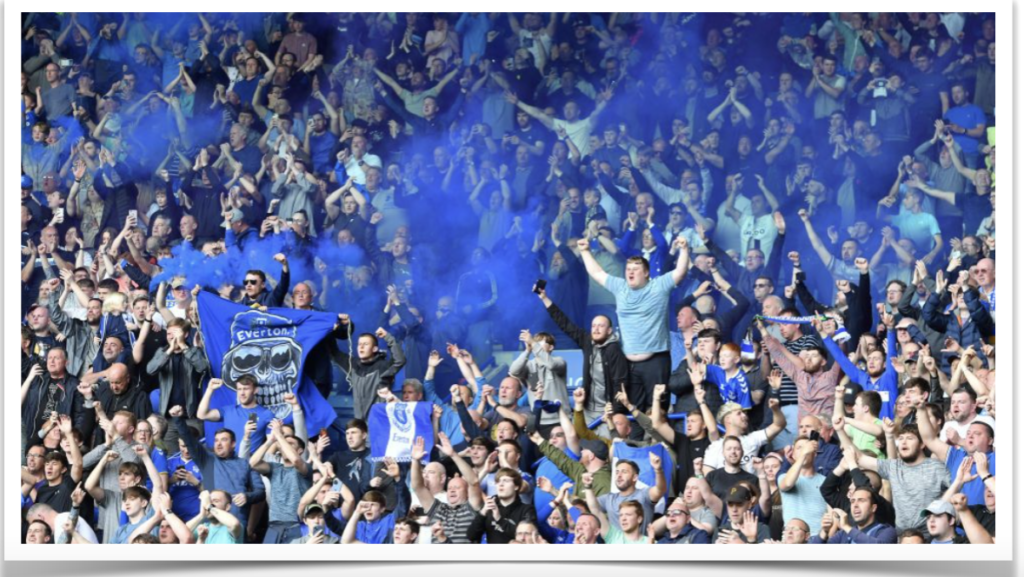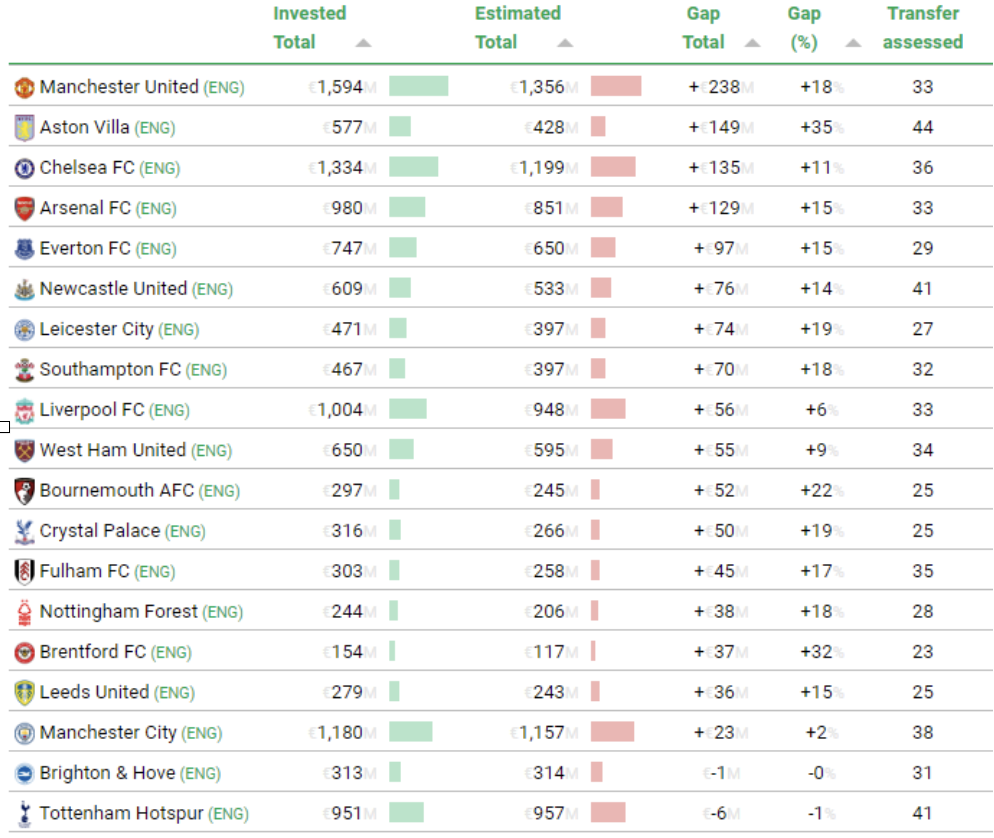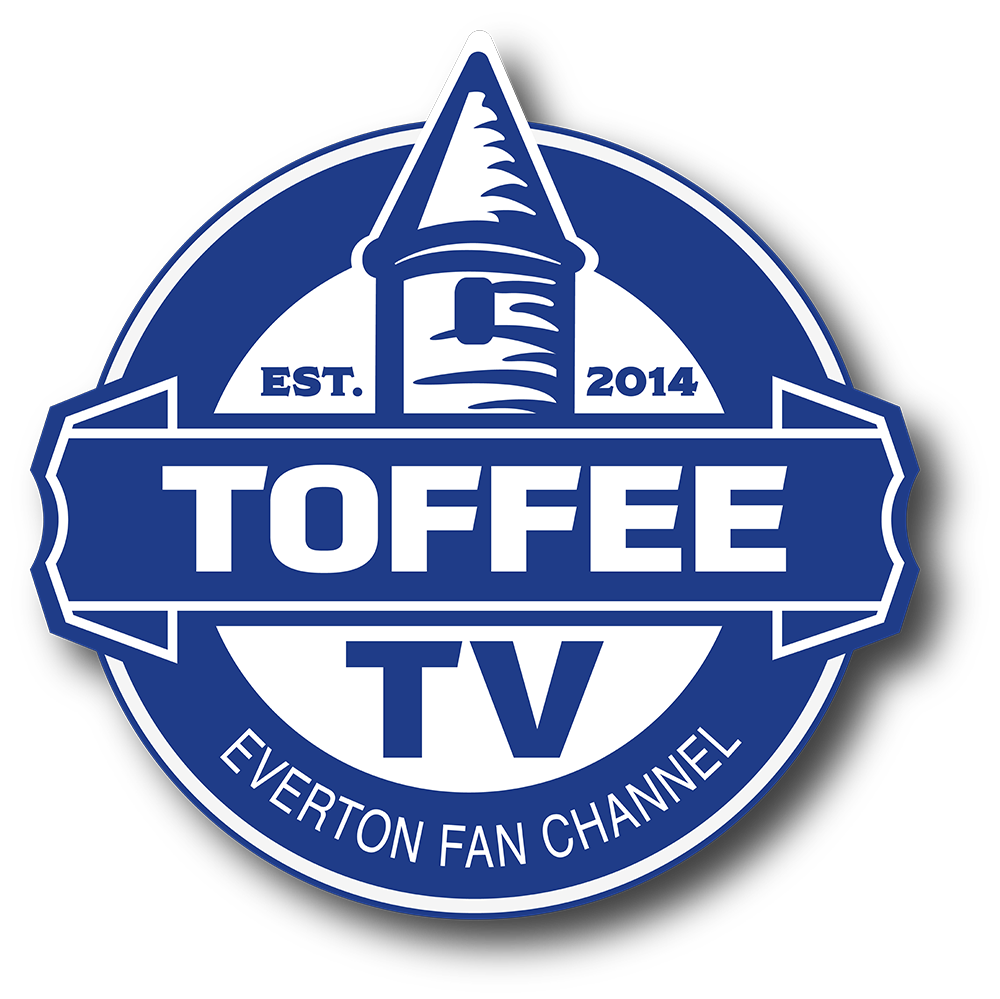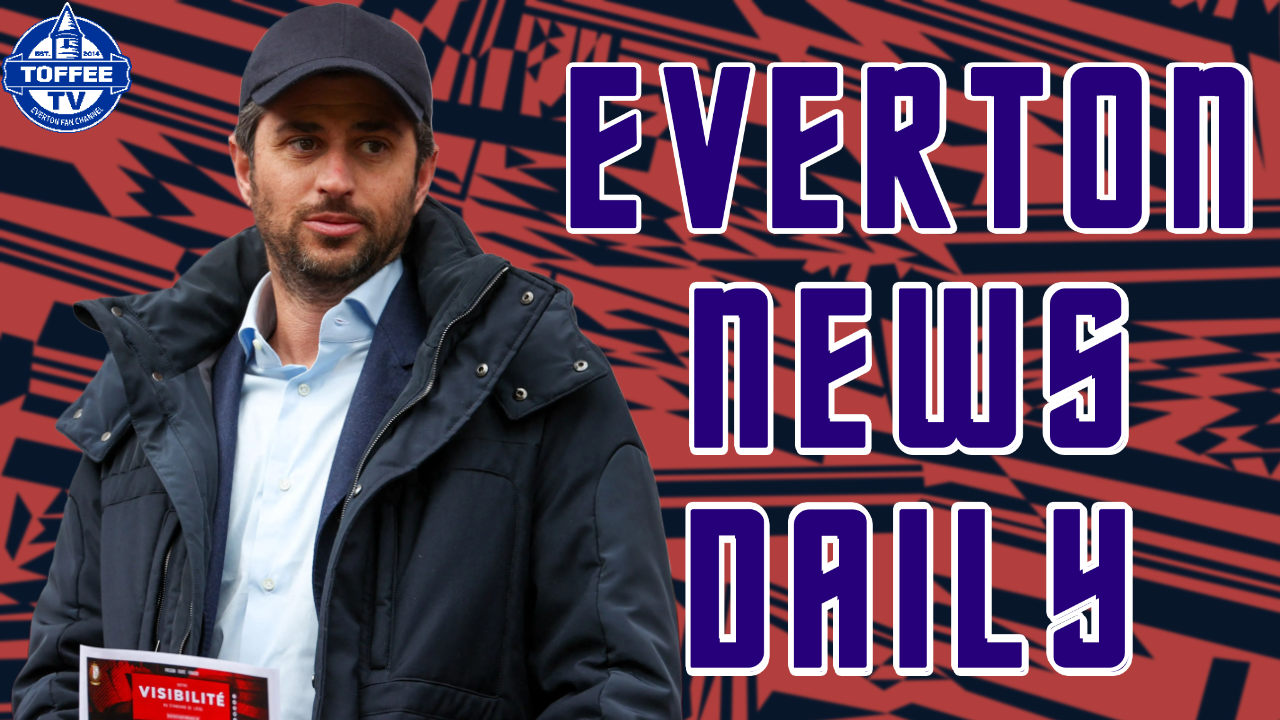EVERTON TRANSFER OVERSPEND – NOT GOOD BUT NOT THE WORST !
Since it was created in 2005 the CIES Football Observatory has become a respected source of insight about the football players’ market across the world and specifically in Europe. It technically analyses player performance and uses its own algorithms to estimate the transfer values of players.
In a recent paper the CIES used its own statistical model to compare the fees paid for players over the last 10 years with their assessment of what those players were objectively worth.
This is of great interest to Everton fans as intuitively it would seem that we would fair badly in an objective analysis that encompasses the last six years, as our perception as fans is we have spent too much, too often on individual players.

First indications tend to support that perception as over the reporting period Everton have spent an estimated £655m on twenty-nine players who CIES estimate as being worth £570m a gap of £85m. On average therefore we have spent around 15% more on players than we should have. This is not good and places us as the ninth ‘worst performers’ across the Top 5 Leagues in Europe.
The Premier League is of course the richest league in Europe if not the world and a more appropriate comparison is to compare the efficiency of our spending with our Premier League peer group.
During the period when we have spent £655m six clubs have spent more, Man Utd, Chelsea, Man City, Liverpool, Arsenal, and Tottenham with three of those Man Utd, Man City and Liverpool spending more than a billion euros each (£876m).

Out of that group United, Chelsea and Arsenal all have a worse overspending record than us as do Aston Villa whose overspending is the second worst in the PL behind Man Utd. The clubs who performed best in this analysis Wolves, Spurs and Brighton are not a surprise having all spent less for players than they are worth, with Man City having a modest overspend of c£20m over the 10 years.
Clearly in recent times our transfer spend seems to be more focussed, controlled and indeed efficient and it is interesting to note that our total spend, and estimated value are both seventh in the PL, a position that we would be pleased to finish this season in the only league table that really matters.
With Frank Lampard and Kevin Thelwell now lauded as being in control of transfers have they reined in our excesses, are we now more effective and have we reduced our propensity to over-pay for players in an effort to short-cut the journey to success. Objectively the answer is Yes ….. and No.
Our recent transfer activity has focussed not only satisfying the technical and physical demands of the way the manager wishes to play but also seeking to satisfy other objectives, notably reducing the average age of the squad and indeed the starting 11, buying potential (and thus resale value) and nurturing players development alongside more experienced players.
Nonetheless that doesn’t mean we have completely curtailed our perceived overspending. Analysis of the 29 transactions used by CIES shows that objectively we over-paid for both Patterson and Onana at the time of the deals but as we can see on the field both are developing quickly, and their value will surely increase significantly in the next couple of seasons.
Certainly, one hopes that over-paying for older players with minimal if no resale value as we’ve done in the past, the most extreme examples being Michael Keane and Morgan
Schnedierlin whose fees were more than double their objective value and Sigurdsson who cost us at least 50% more than he was worth, are a thing of the past.
Players like Richarlison (underpaid by >10%), Digne (underpaid by 3%) and Deulofeu (underpaid by 35%) evidence that we can buy players below their objective value and later get a return by selling them on.
Recent acquisitions still evidence there is a premium on potential and young players with Premier League experience. Garner (overpaid by 8%) and Mc Neil (overpaid by 4%) have both been acquired for +/- 10% of their objective value and time will tell if they’re good deals or not. As with Jean-Phillipe Gbamin (overpaid by 11%) not everything will be in our control, but successful player trading is critical to our on-field success, and we simply cannot afford to waste money as we have done in the past.
* The full article by CIES can be found here Weekly Post 389 (football-observatory.com)
* The CIES Football Observatory is a research group within the International Centre for Sports Studies (CIES), an independent study centre located in Neuchâtel, Switzerland. The CIES Football Observatory specialises in the statistical analysis of football. It was created in 2005 by Dr. Raffaele Poli and Dr. Loïc Ravenel.
Toffee TV
Categories
- 1878FM Podcast (7)
- Everton ClubCall (7)
- Everton Daily Live Extra (15)
- Everton Matches (2)
- Everton News Daily (191)
- Everton Players (2)
- Inside The Game Podcast (1)
- John Blain (1)
- Match Preview (4)
- Match Preview (34)
- Match Preview (5)
- Match Reaction (2)
- Match Reaction (136)
- Match Report (8)
- News (24)
- Patric Ridge Blog (1)
- Press Conference (16)
- The Final Word (19)
- VIDEO (461)



